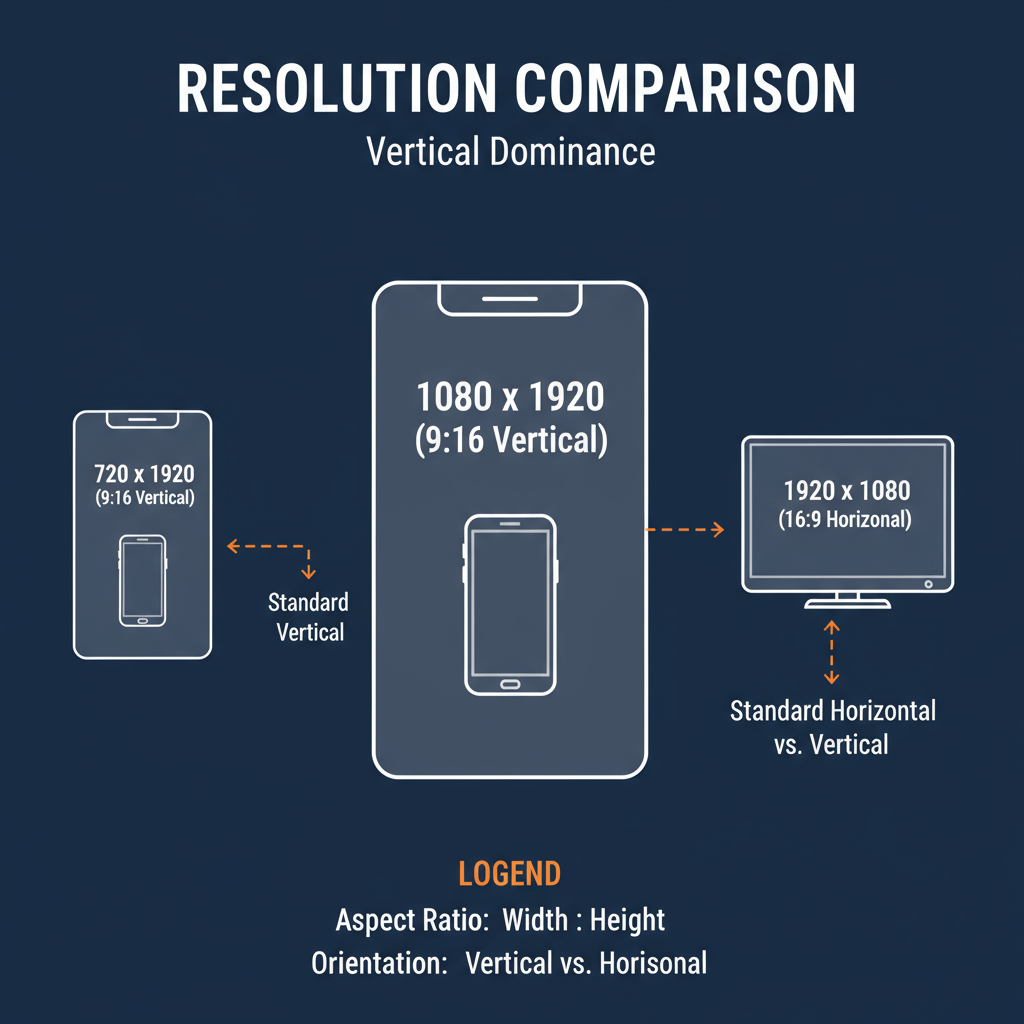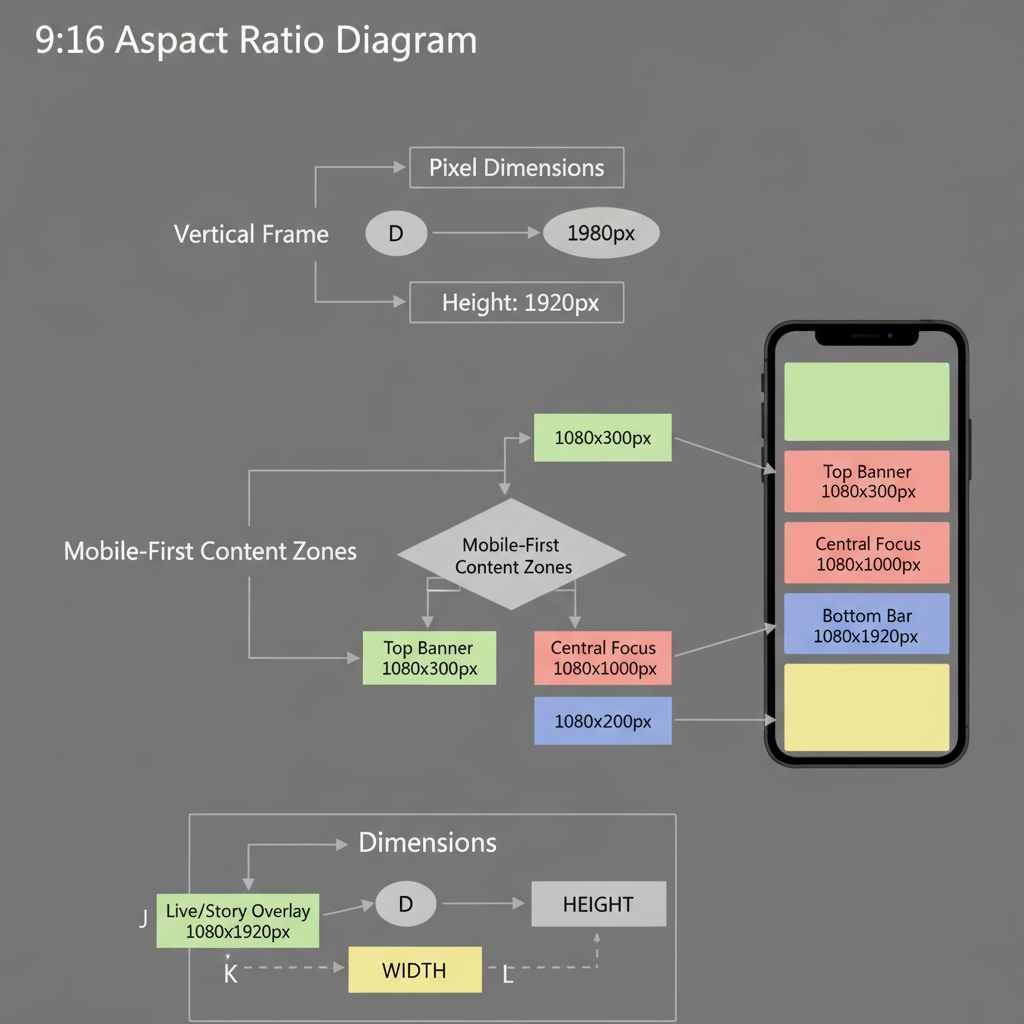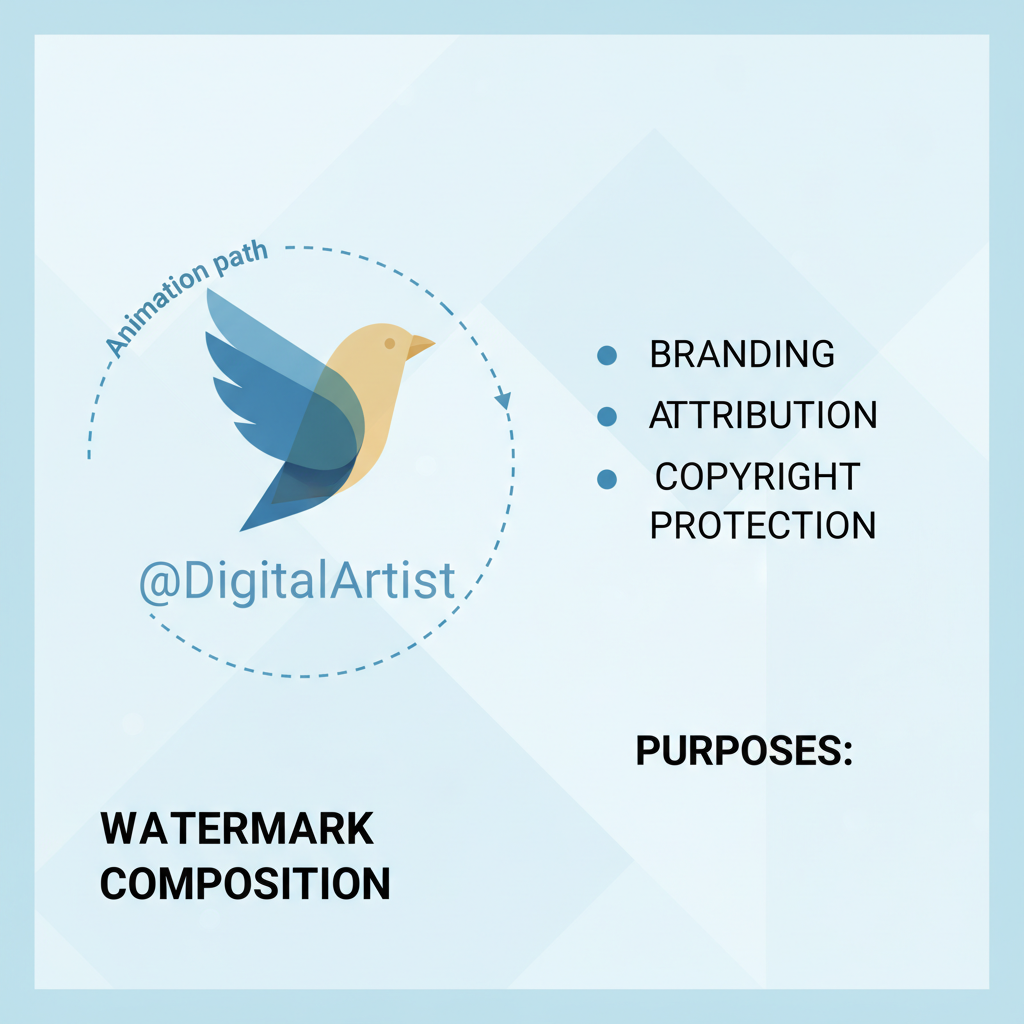1080 x 1920 Size Guide for Vertical Video and Images
Learn what 1080 x 1920 means, why it’s ideal for vertical videos, and how to create optimized content for TikTok, Instagram Stories, and more.

1080 x 1920 Size Guide for Vertical Video and Images
In today’s mobile-first digital world, the 1080 x 1920 size has emerged as the gold standard for vertical content creation. This vertical Full HD resolution is perfect for platforms like Instagram Stories, TikTok, YouTube Shorts, and Snapchat, ensuring sharp visuals and full-screen immersion on modern smartphones. Whether you’re a content creator, marketer, or designer, mastering this format is essential for producing compelling, mobile-optimized media.

In this comprehensive guide, you’ll learn exactly what 1080 x 1920 means, why it’s so prominent, the best platforms for it, and how to create optimized vertical videos and images that truly stand out.
---
Understanding 1080 x 1920 Dimensions
1080 x 1920 refers to the pixel resolution — 1080 pixels in width and 1920 pixels in height. In this case, it’s a vertical orientation of the Full HD (FHD) format normally used in landscape video.
Pixels and Resolution Basics
- Pixel Dimensions: The number of pixels in an image or video; more pixels usually mean more detail.
- Resolution: A term that can refer both to pixel count and display density (PPI/DPI in print/web contexts).
- Aspect Ratio: 1080 ÷ 1920 = 0.5625, which simplifies to the 9:16 ratio.
Aspect Ratio 9:16 Explained
The 9:16 aspect ratio is the flipped version of the familiar 16:9 widescreen TV or YouTube format. On mobile devices, it fills the screen vertically, making it a perfect fit for vertical-first social media content.
---
Popular Uses for 1080 x 1920
Because 1080 x 1920 resolution matches the vertical dimensions of modern smartphones, it has become the go-to choice for:
- Instagram Stories & Reels
- TikTok videos
- Snapchat updates and ads
- Facebook Stories
- YouTube Shorts
- LinkedIn Stories (while available)

---
Why Vertical Resolution Matters for Mobile-First Content
With over 80% of social media browsing now taking place on mobile devices, vertical video is no longer optional — it’s the default. This format offers:
- Full-screen immersion without forcing rotation
- Higher engagement compared to letterboxed horizontal clips
- Optimized storytelling space tailored for a user’s natural phone grip
Brands and creators who adopt vertical-first strategies position themselves better for audience attention and retention.
---
Comparing 1080 x 1920 with Other Resolutions
While 1080 x 1920 is popular, there are several other resolutions to consider depending on your needs:
| Resolution | Orientation | Aspect Ratio | Common Use |
|---|---|---|---|
| 1080 x 1920 | Vertical | 9:16 | Stories, TikTok, Shorts |
| 1920 x 1080 | Horizontal | 16:9 | YouTube videos, TV, desktop presentations |
| 1080 x 1080 | Square | 1:1 | Instagram feed posts, Facebook feed |
| 720 x 1280 | Vertical | 9:16 | Lower-resolution mobile content |
---
Creating 1080 x 1920 Content with Popular Tools
You can create effective vertical content with beginner-friendly and professional tools.
Canva
- Choose Custom Size with width 1080 px and height 1920 px.
- Select templates designed for Stories or TikTok to speed up creation.
Adobe Photoshop
- Go to File > New.
- Set dimensions to 1080 x 1920 px at 72 PPI (for digital use).
- Use guides to protect essential text from being hidden by UI overlays.
Adobe Premiere Pro (Video Editing)
- Create a new sequence.
- Set Frame Size to 1080 width x 1920 height.
- Optionally rotate horizontal footage or shoot vertically from the start.
---
Optimizing for Clarity and Load Speed
Even with the right resolution, poorly optimized files can ruin the user experience.
Best Practices
- Image Formats: JPEG for photos, PNG for transparent graphics, WebP for modern compression.
- Video Compression: H.264 codec at 5–8 Mbps is ideal for HD vertical video.
- Responsive Delivery: Use a CDN to serve appropriate file sizes and prevent slow load times.
Example image compression using ImageMagick:
magick input.png -resize 1080x1920 -quality 85 output.jpg---
Text Placement and Composition in 9:16
Vertical platforms overlay UI elements like usernames, captions, or share buttons — plan your designs accordingly.
Composition Tips
- Keep important messaging in the central 80% height range.
- Avoid placing critical text near the top or bottom edges.
- Use clear, high-contrast text for readability.

Testing your content inside the native app before publishing helps catch potential layout issues.
---
Common Mistakes to Avoid
- Forgetting to reframe horizontal footage for vertical use.
- Overloading text to the point it becomes unreadable on mobile.
- Ignoring safe zones where app UI may block visuals.
- Failing to compress files, hurting load speed and engagement.
---
Final Tips for Mastering 1080 x 1920 Content Creation
To succeed with 1080 x 1920 vertical media:
- Shoot with vertical orientation from the beginning.
- Account for UI overlays during design.
- Optimize assets to balance quality and performance.
- Test across devices to ensure consistent viewing experiences.
By embracing the 9:16 format, you’ll align with current user behavior, maximize screen real estate, and keep audiences engaged longer.
---
Summary: The 1080 x 1920 size is more than a technical setting — it’s the foundation of today’s mobile-first content strategy. By understanding its dimensions, optimizing design, and tailoring for platform specifics, you can create truly immersive vertical experiences.
Next step: Start applying these guidelines to your next Story, Reel, or vertical ad, and watch your mobile engagement climb.




